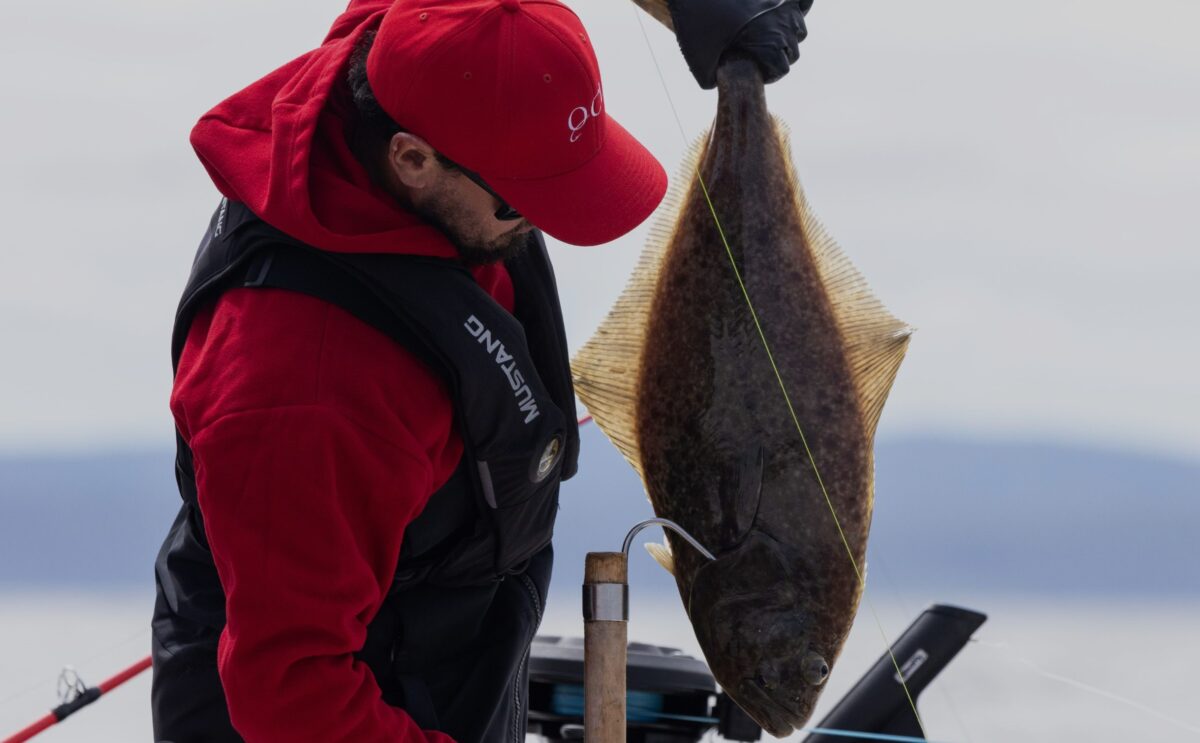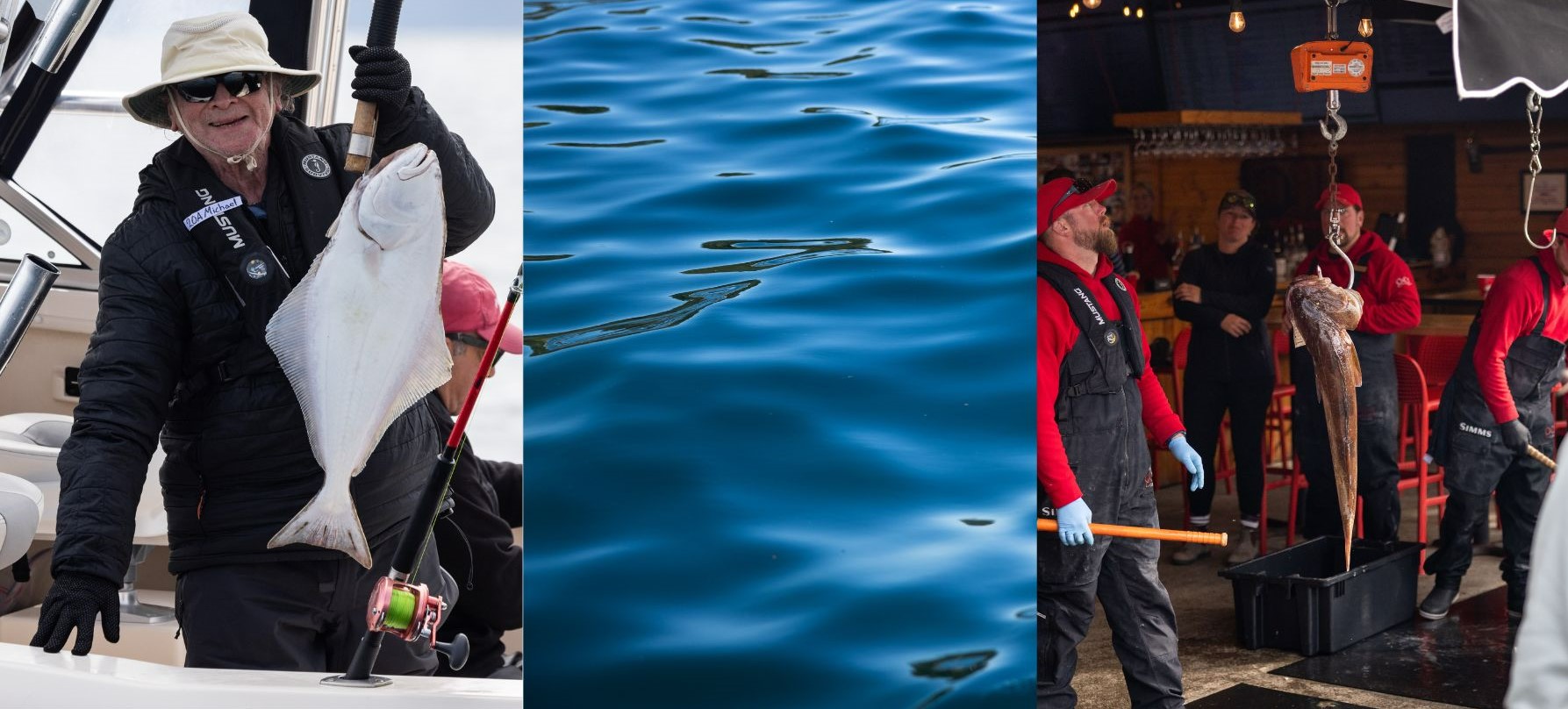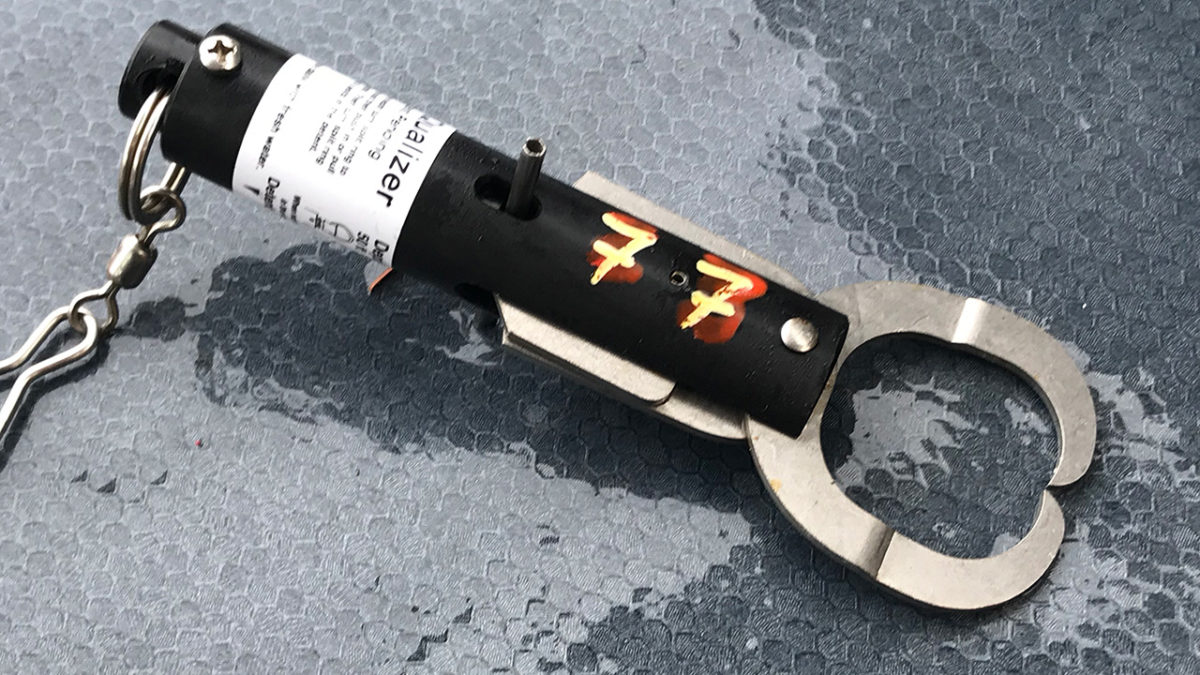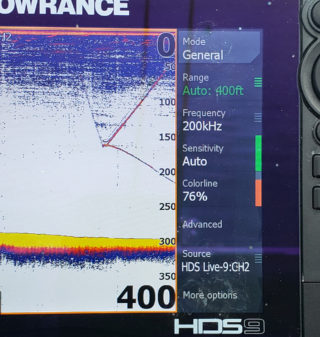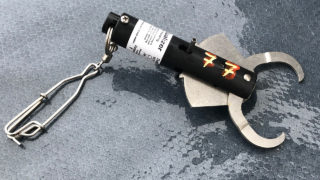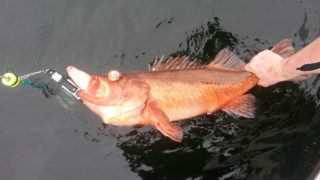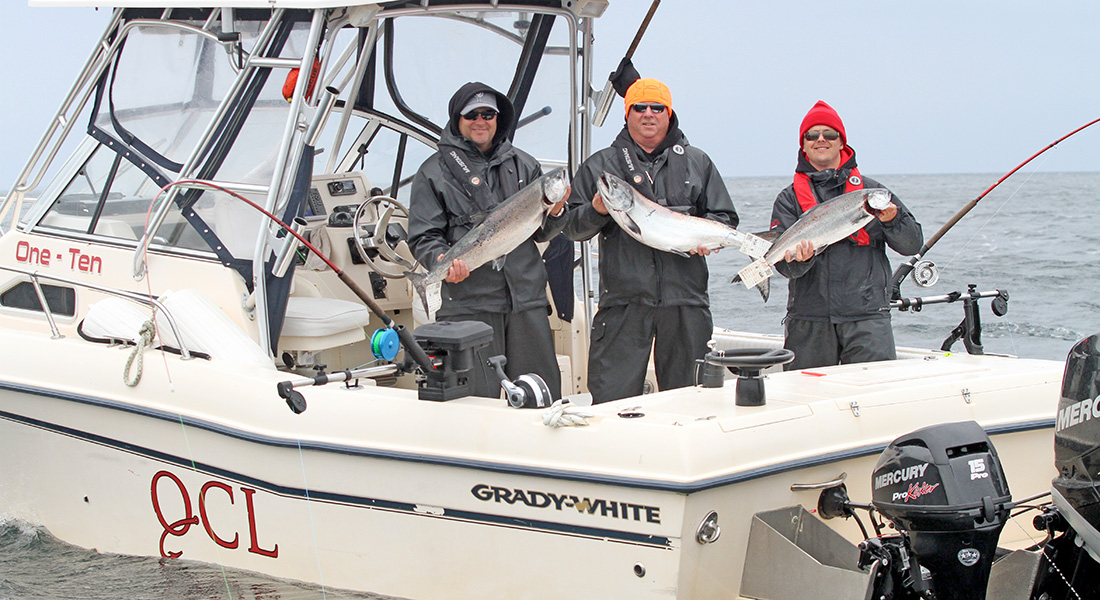While we are known for our access to some of the most sought-after salmon fishing grounds in the world, what QCL offers doesn’t stop there. Our fishing grounds are also home to rich bottom fish populations, offering our guests a multitude of fishing adventures all within one day.
In order to grasp the appeal to our bottom fishing grounds, you need to first know what makes bottom fishing “good”.
When targeting bottom fish – Halibut, Lingcod and Rockfish for example – anglers use topographical charts of the ocean floor to predict where fish are likely to live. These charts illustrate plateaus, troughs, and pinnacles (underwater mountains); which are what we refer to as structures. These structures are prime living locations for a variety of the bottom fish we target at QCL.
Our Fishing Grounds sit on the edge of an underwater shelf. At the edge of the shelf, depths drop rapidly from roughly 350ft to depths that plummet well below 700ft. This creates a concentration of bottom fish that venture onto the shelf for easier access to food sources and in turn, allow us the opportunity to fish these large numbers of fish. Additionally, this shelf allows for plentiful fishing without needing to travel extended distances or out into the open ocean; often the case when searching for good structure. Our grounds offer the ability to catch bottom fish from as close as the shoreline to a few miles offshore. Due to this, we often see Halibut and Lingcod being a bycatch when targeting salmon in shallow waters close to shore.
The structure of our fishing grounds also creates the unique ability to specifically target different bottom fish. For example, Lingcod are often found living amongst large rock formations and pinnacles, but Halibut are known to frequent large sand plateaus where they can easily camouflage themselves. Both locations offer ample opportunity to cross paths with both species but on our grounds, there are areas which support both types of bottom structure which results in precise targeting of each species.
An added benefit of our fishing grounds is that we have seen a steady increase in food sources such as herring and squid. They congregate around the underwater landmarks that Halibut, Lingcod and others are often found. Where there’s food, there’s always something around to eat it!
Behind each angler is a knowledge and passion for the sport they are partaking in, and we hope that with this knowledge your passion is ignited for your upcoming trip to QCL.

